Under a sun that scorches the land and in the heart of a landscape many would call unyielding, the Warlpiri people have unlocked a secret: how to make gardens flourish where others fail. As dust storms swirl and the relentless heat saps the earth, their knowledge stands as proof that ingenuity, tradition, and science can turn even the harshest places into oases of life. This is not just a tale of plants and soil—it’s a story of resilience, adaptation, and a deep respect for the wisdom etched into the desert by generations past. Step into the world of the Warlpiri, where every garden is a testament to survival and every seed is a promise of hope.
The Living Heart of the Australian Desert
The Australian desert may seem lifeless at first glance, but to the Warlpiri people, it is a living, breathing entity filled with opportunity. Their connection to the land runs deep, woven from centuries of observation and experimentation. Unlike conventional gardens, which rely on regular rainfall and rich soil, Warlpiri gardens thrive on scarcity and unpredictability. Every plant, every patch of shade, is carefully chosen and cherished. The desert is not a barrier; it is a partner, challenging gardeners to think differently and adapt constantly. This deep relationship shapes the way Warlpiri people approach cultivation, turning obstacles into allies.
Ancient Knowledge Meets Modern Curiosity
Warlpiri gardening doesn’t just draw from old traditions—it evolves through open-eyed curiosity. Over generations, elders have passed down secrets about which plants survive, where water hides beneath the sand, and how to coax stubborn seeds to life. Today, these teachings mingle with scientific insights, creating an approach that is both rooted in the past and open to innovation. Young Warlpiri gardeners often experiment with drought-resistant crops and new planting techniques, blending time-tested wisdom with discoveries from plant scientists and ecologists. This balance keeps their gardens resilient, flexible, and always ready for the next challenge.
Reading the Signs: Nature as a Guide
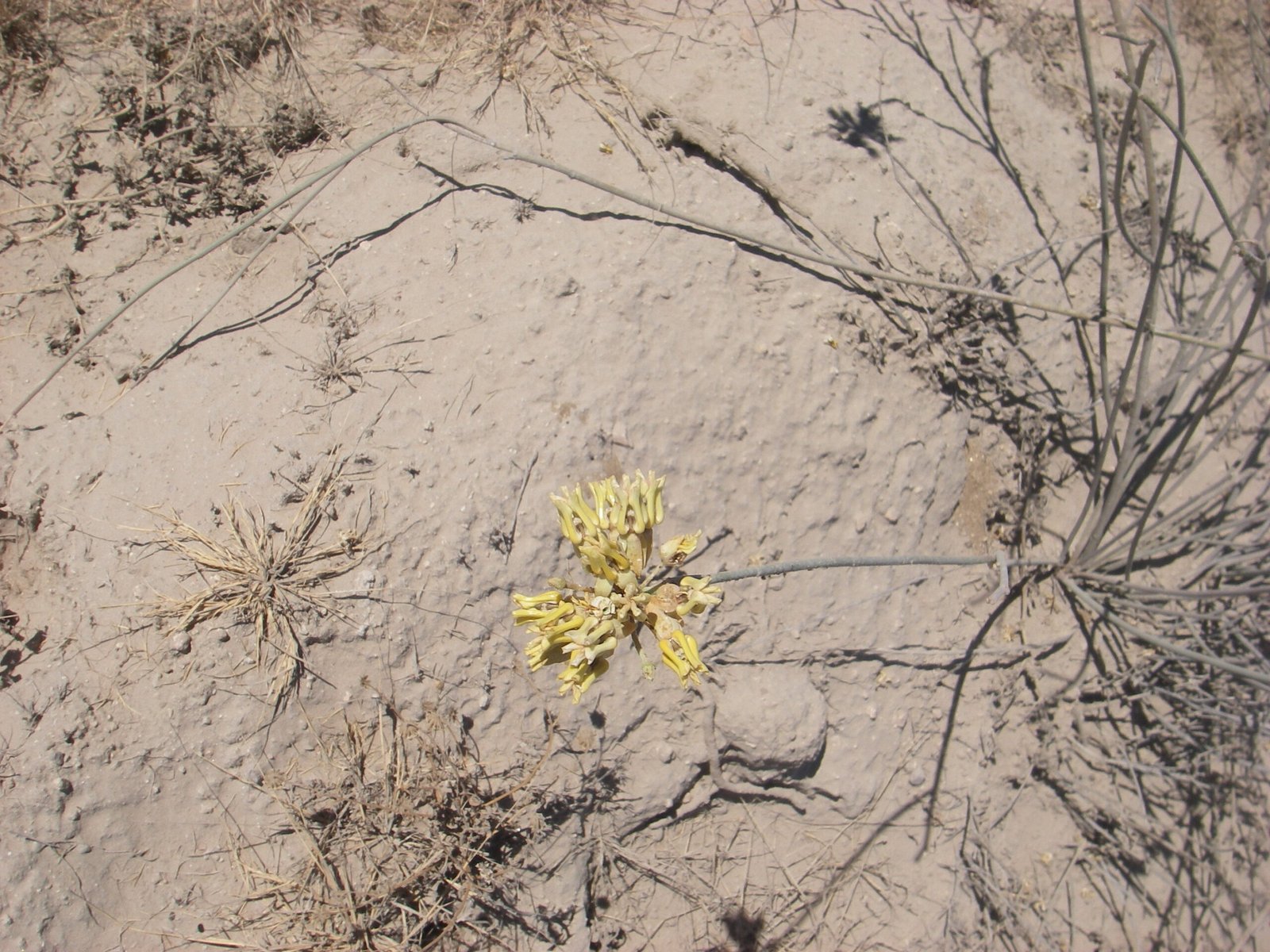
To garden in the desert, the Warlpiri must first become expert observers. Every cloud that drifts across the sky, every animal track in the sand, every subtle change in the color of leaves—these are clues that guide their planting and harvesting. The flight of certain birds or the blooming of a specific wildflower might signal the coming of rain, prompting a flurry of activity in the garden. This ability to read the land is not just intuition; it is a finely honed science, developed through years of careful attention. By listening to the desert’s signals, the Warlpiri turn unpredictability into opportunity.
Water Wisdom: Finding and Saving Every Drop
In a place where rain is rare and rivers run dry for months, water is more precious than gold. Warlpiri gardeners have developed ingenious methods to find, collect, and conserve water. They know the hidden places where moisture lingers after a storm—beneath rocks, in shaded gullies, or deep underground. Traditional clay pots, bark troughs, and clever irrigation systems help catch every possible drop. Mulching with native grasses and leaves locks in moisture, protecting roots from the sun’s fury. These strategies not only keep plants alive but ensure that gardens can survive even the longest droughts.
Soil Alchemy: Turning Sand into Life
Desert soil is not naturally fertile, but the Warlpiri have learned to transform it. By adding organic matter—such as leaf litter, animal droppings, and decomposed plant material—they build up a rich layer of nutrients. This process, sometimes called “soil alchemy,” allows gardens to support a surprising diversity of plants. The use of ashes from controlled burns adds essential minerals back into the earth, mimicking the cycles found in wild desert ecosystems. Over time, what was once barren sand becomes a nurturing bed for seeds, proving that life can spring from the most unlikely places.
Native Plants: Champions of Survival
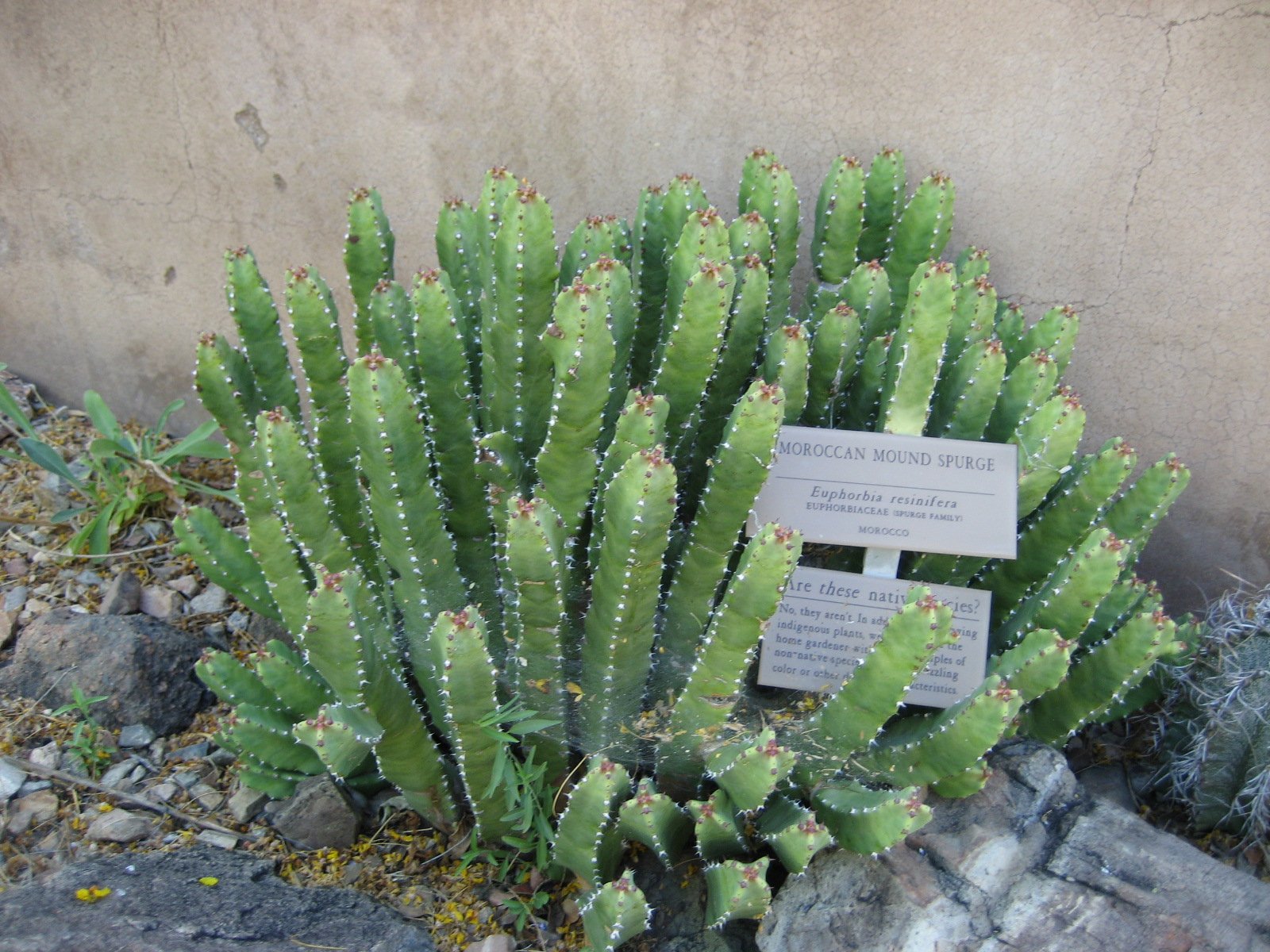
Warlpiri gardens are filled with native species that have evolved to thrive in extreme heat and dryness. Bush tomatoes, wattleseed, and desert figs are just a few examples of foods that flourish with minimal water. These plants are tough, resilient, and deeply adapted to the local climate. Beyond their nutritional value, they form the backbone of the Warlpiri diet and culture, featuring in stories, ceremonies, and daily meals. By focusing on native plants, Warlpiri gardeners ensure their gardens are not just productive, but sustainable—fitting seamlessly into the natural rhythms of the desert.
Creative Garden Designs: Shaping Microclimates
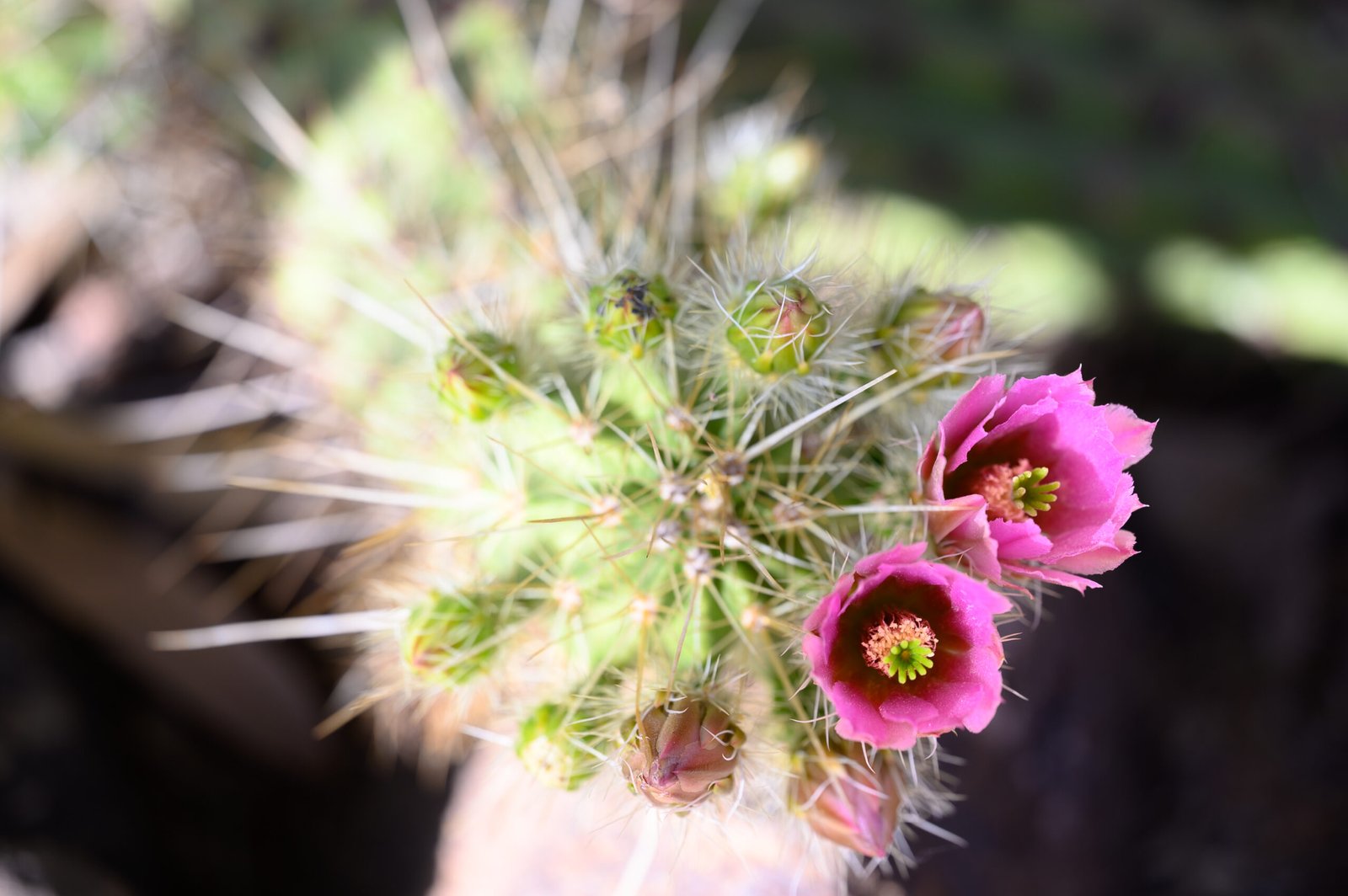
Gardening in the desert means working with, not against, the elements. Warlpiri gardeners use creative designs to make the most of shade, wind, and terrain. Trees and tall shrubs are planted to create cool pockets where delicate crops can survive. Windbreaks made from brush or woven grass protect young plants from sandstorms. Gardens are often placed in natural depressions or along the edges of creek beds, where water naturally collects after rain. These small adjustments add up, creating microclimates that support growth and shield vulnerable plants from the harshest conditions.
Sharing and Passing Down Knowledge
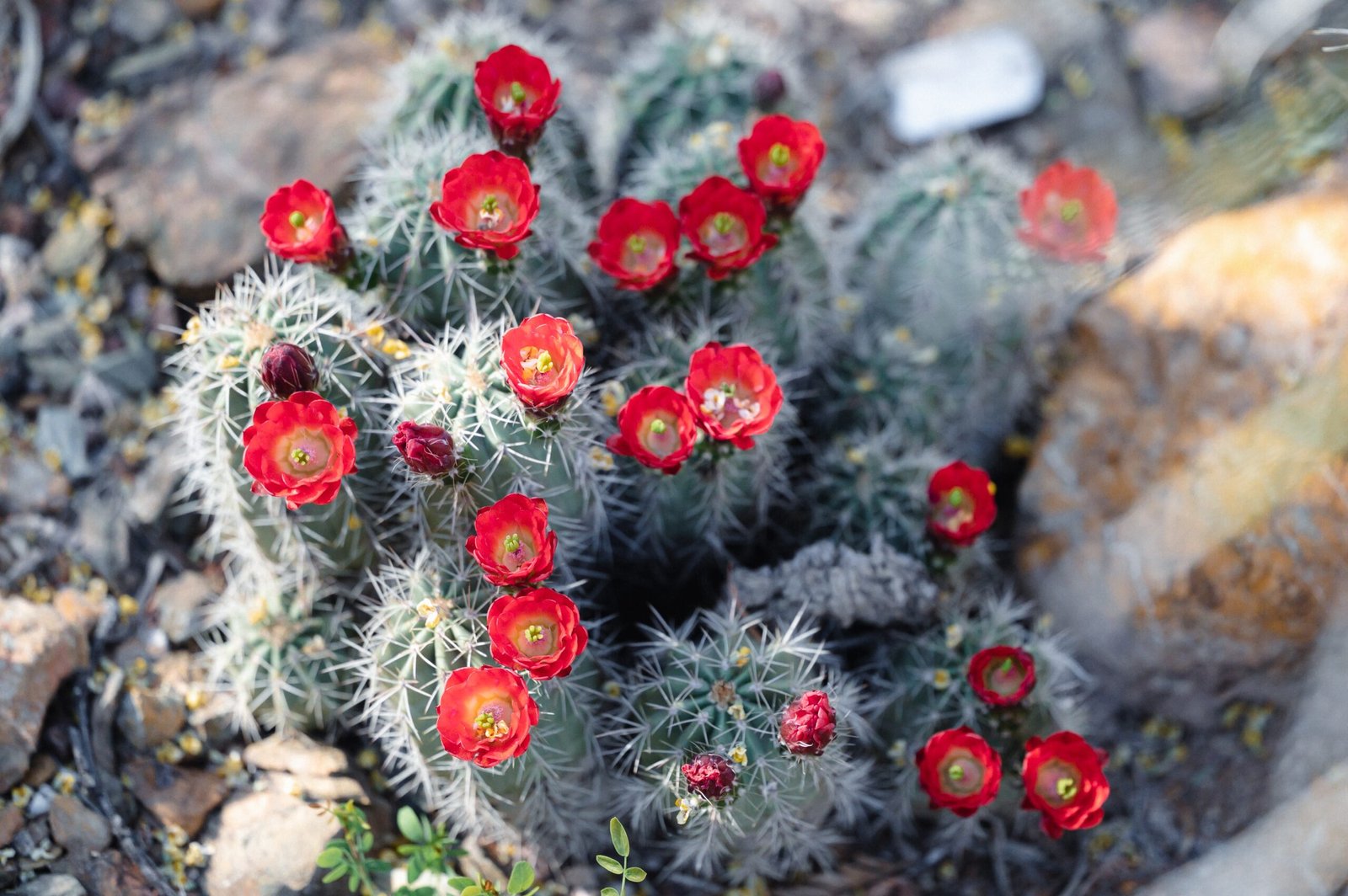
The wisdom behind Warlpiri gardens is not kept secret—it is shared through stories, songs, and hands-on teaching. Elders take children out onto the land, showing them how to identify edible plants, dig for water, and care for seedlings. This learning is both practical and deeply cultural, tying young people to their heritage and the land itself. In recent years, community garden projects and school programs have helped keep this knowledge alive, even as modern life brings new challenges. This spirit of sharing ensures that Warlpiri gardening wisdom continues to grow, generation after generation.
Science Joins the Circle
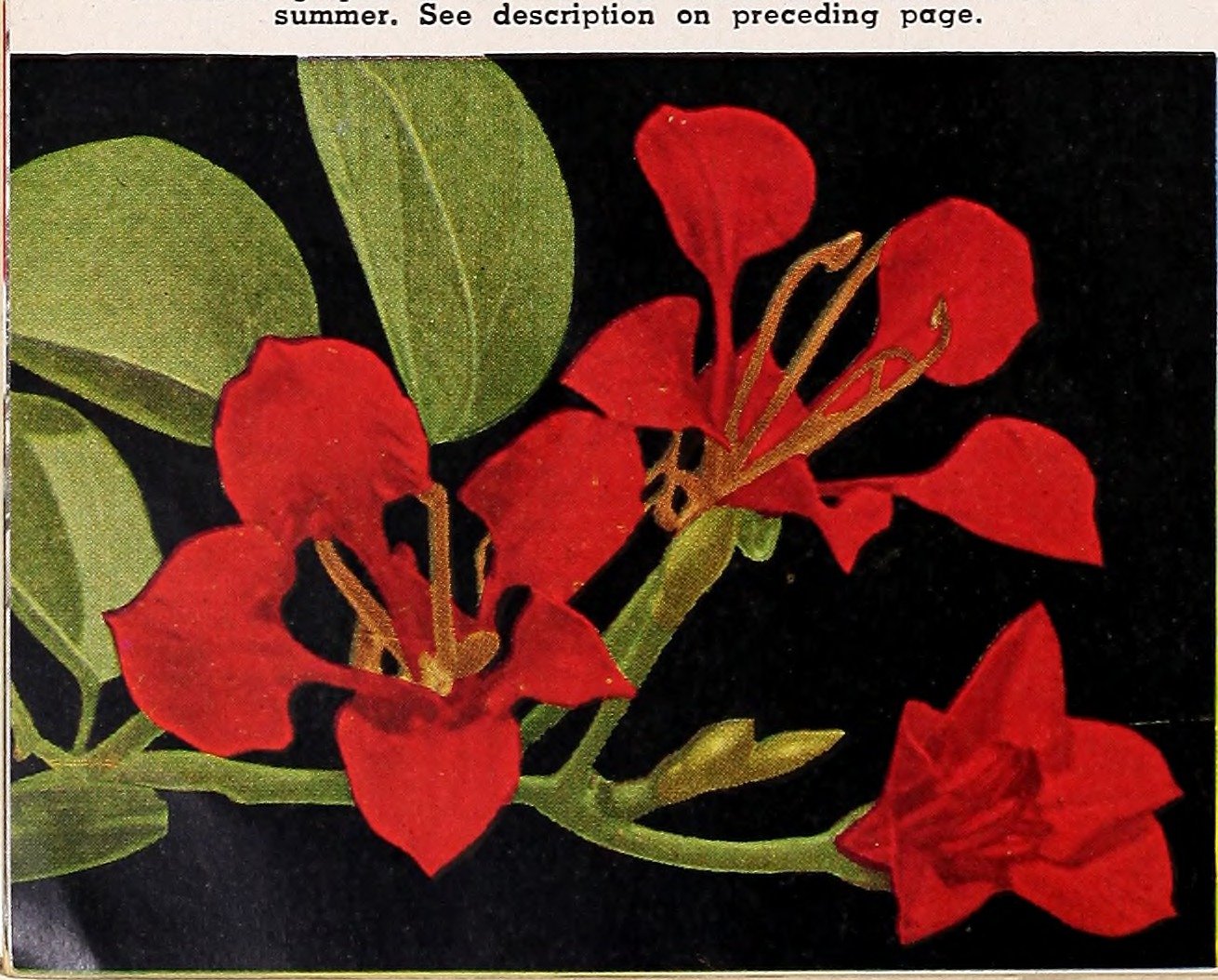
Researchers and ecologists have begun to take notice of the Warlpiri approach, finding valuable lessons in their methods. Studies of native plant resilience, soil restoration, and water management have all drawn inspiration from Indigenous practices. Collaborative projects now bring together scientists and Warlpiri elders, combining local knowledge with modern research tools. These partnerships are uncovering new ways to fight desertification, boost food security, and protect fragile ecosystems—not just in Australia, but in drylands around the world. The Warlpiri story is becoming a blueprint for sustainable gardening in extreme environments.
A Living Legacy in a Changing World
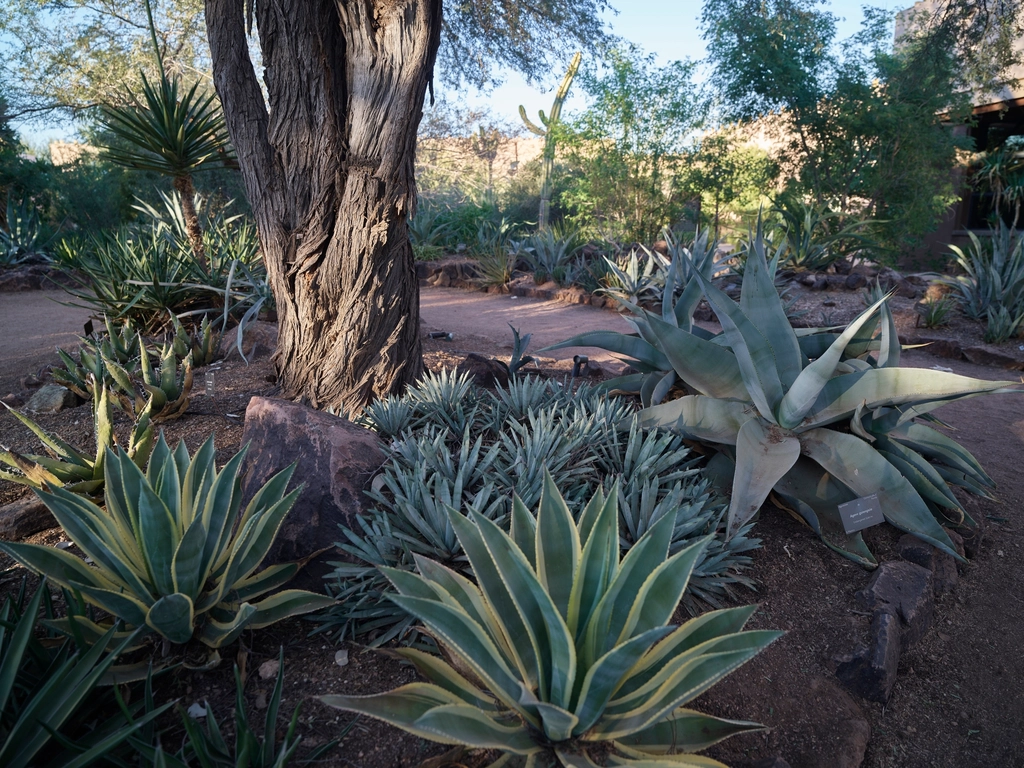
As climate change brings longer droughts and hotter days, the lessons of Warlpiri desert gardens are more important than ever. Their blend of tradition, observation, and innovation offers hope to communities facing similar challenges across the globe. Warlpiri gardens are living proof that, with care and creativity, life can take root even in the harshest places. Will we choose to listen to this ancient wisdom and adapt, or let it slip away in the sands of time?




